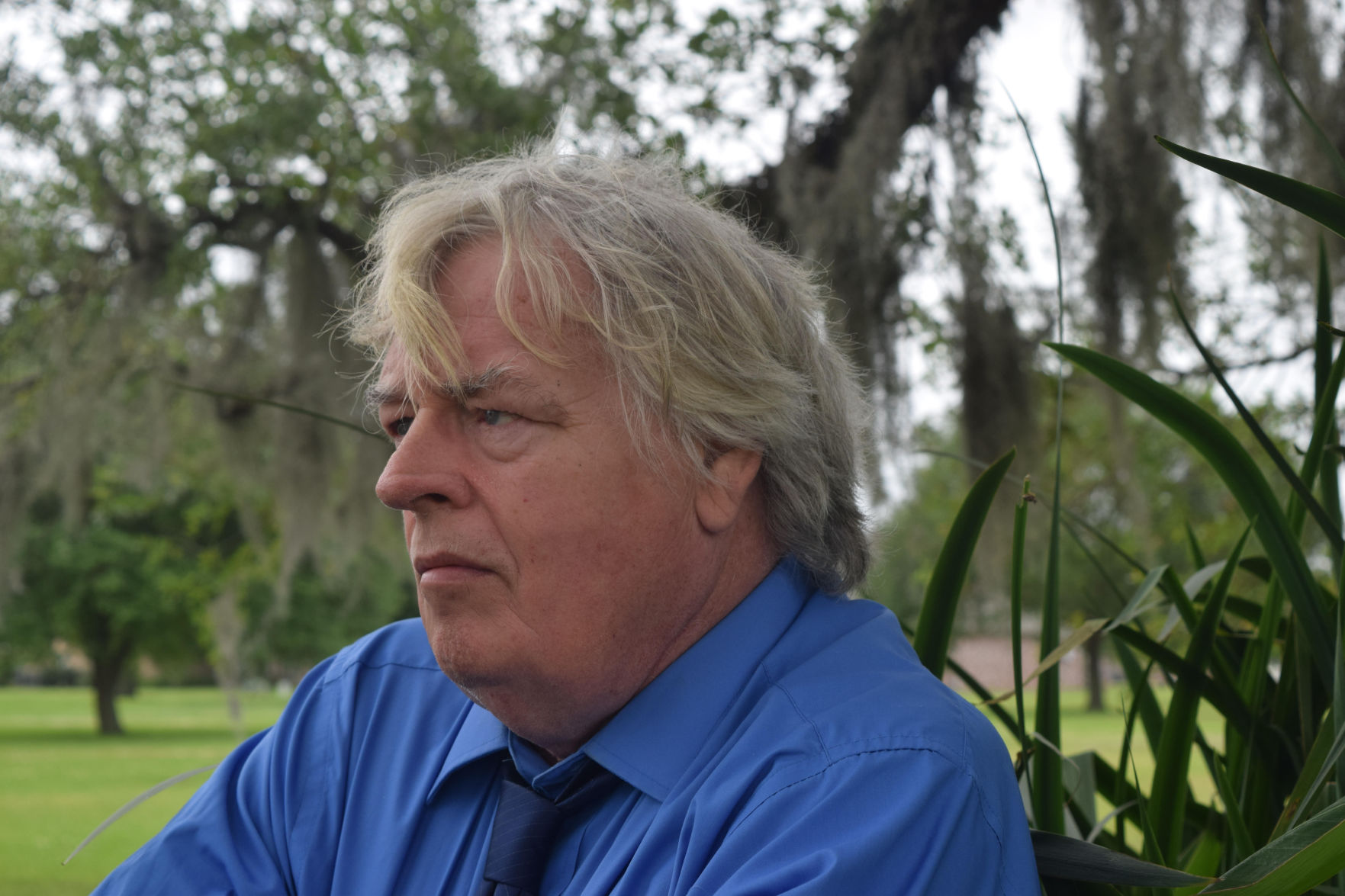Sheriff’s tax must be carefully scrutinized
October 24, 2018
LHSAA 2018-19 Enrollment numbers
October 24, 2018It was nearly three years ago that a campaign to sole a nagging mystery in local was begun, that of determining whether remains of victims from the 1887 Thibodaux Massacre lie beneath land adjacent to an American Legion post on Narrow Street.
To aid full disclosure, for those not already aware, I am the author of the book that provided new and detailed information on this tragic event, whose 131st anniversary falls on Nov. 23. The book was released two years ago, but the quest to find answers to this solemn and troubling aspect of the story began many months before that occurred.
To refresh memories if that is needed, an unknown number of black people were shot and killed that day by white mobs, in relation to a strike of plantation workers in both Terrebonne and Lafourche. After eviction from the plantations by the Louisiana State Militia, many of the strikers found their way to Thibodaux, which became both refugee center and strike central. Although local white families had for more than a century maintained that the massacre was a case of self-defense by the community, it has since been recognized by both the Thibodaux City Council and the Lafourche Parish Council as an extra-judicial exercise in murder. No indications that black people killed ha arms to carry out violence against the community at large has been verified, although there is ample evidence of fear-mongering by local white officials and the media they controlled.
A non-profit was formed — you can find out more about this at www.LA1887.org and various members of the community have come together with a single purpose, diverse as their opinions on the massacre, its causes or its effects may be.
The ultimate goal, if remains are found, is for an eventual burial sponsored by the community at large, and members of the local clergy have already committed to assist on that end.
But so far conclusive evidence has not emerged, and it will still take a while to find concrete answers.
A hard-working and selfless team of scientists from Tulane University and the University of Louisiana-Lafayette toiled under a brutal son in late spring to begin the quest for truth at ground level — quite literally. Using hand-corers and ground-penetrating radar, they explored the site in question. There was no real expectation given the equipment used that at that time remains would be located. But the scientists hoped such exploration of the land would indicate the potential for areas of interest that could bear bitter fruits of history.
They worked with their findings for months, and on Wednesday a presentation had been scheduled at the Post 513 American Legion Hall in Thibodaux.
The findings, contained in a detailed report, indicate that an area of earth large enough to be of interest comprise what the scientists call an “anomaly.” That means there are elements of the earth detected showing disturbance that could be associated with a burial, but also might be caused by something else, including oilfield activity. The only way to determine the meaning of the anomaly will be through actually digging into the earth — carefully so — to get a direct view of what lies below.
There are many difficulties, the scientists said, that could stand in the way of learning whether the story that has stood the test of 131 years — that victims are buried in this ground — is true. But they also make a statement in the report that bears repeating.
“Geophysical and archaeological assessment of the field north of Raymond Stafford Post 513 confirms substantial amounts of subsurface disturbance associated with its former use as a city dump,” the report reads. “That the location of a dump coincides with a place believed to contain a mass burial from the systematic killing of black sugarcane workers is probably not coincidental. Whether intentional or unplanned, the concealment of graves is characteristic of attempts to cover up mass murders and crimes against humanity. While this is not evidence of a mass burial, it is consistent with the silencing of a violent and loathsome event in Louisiana history.”







